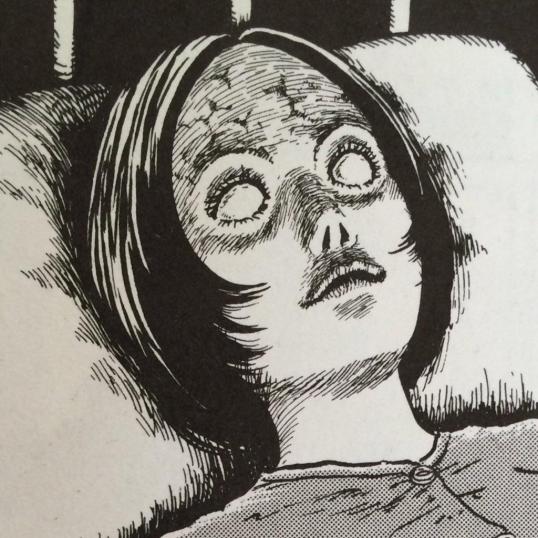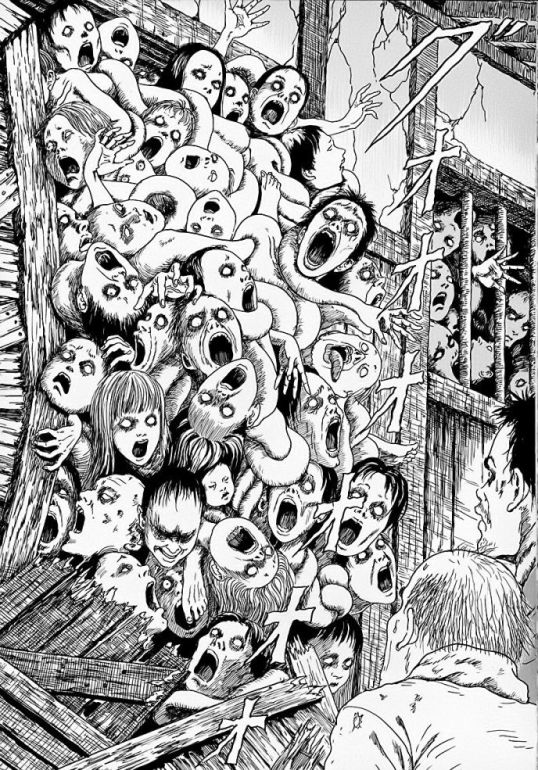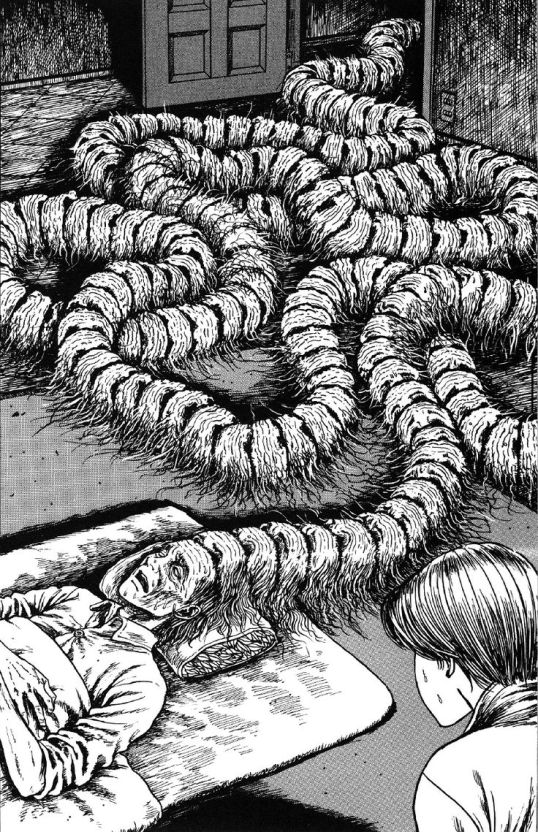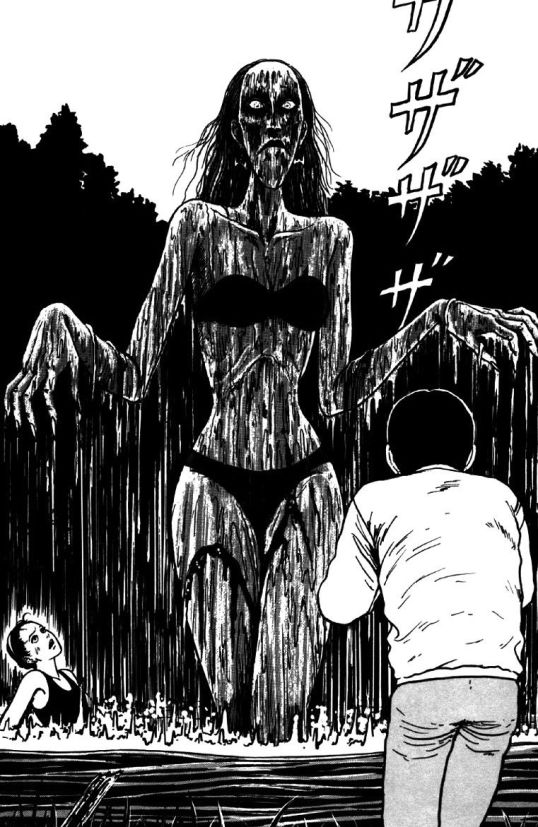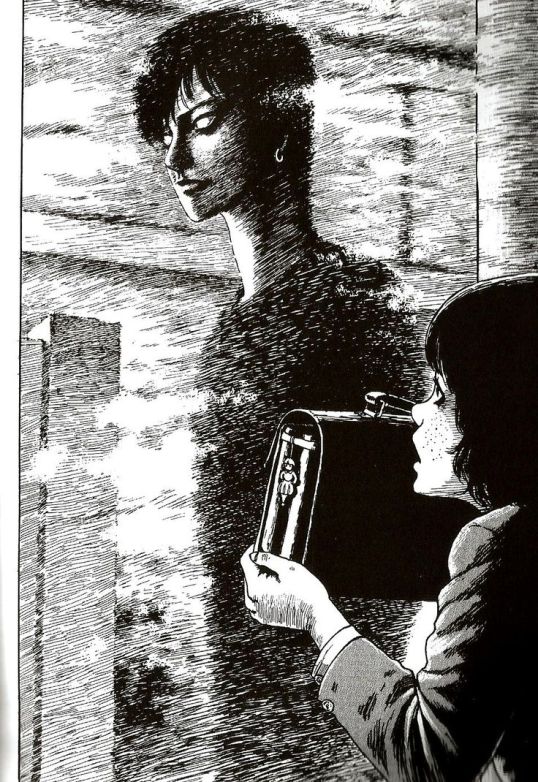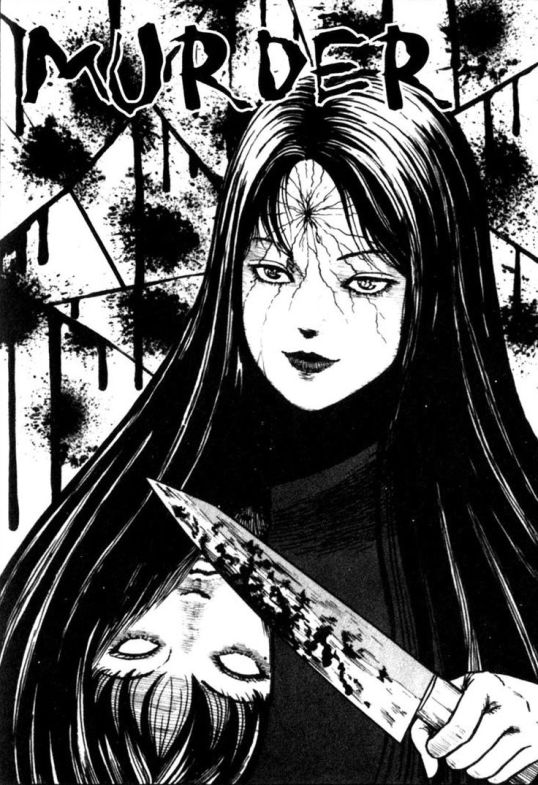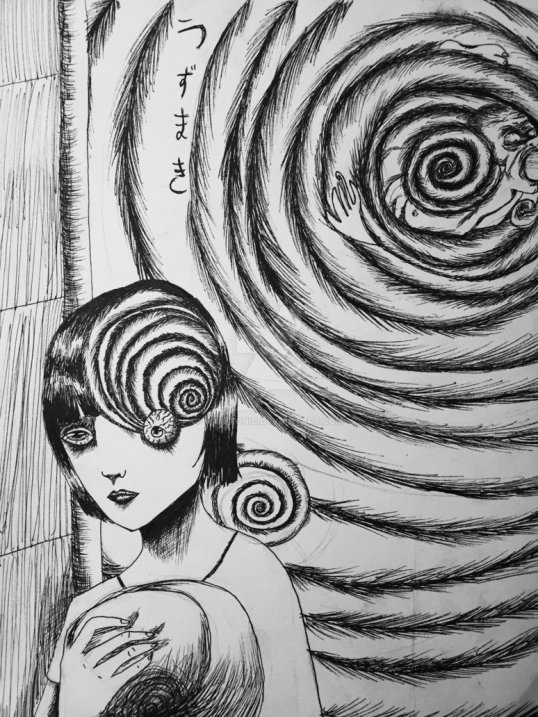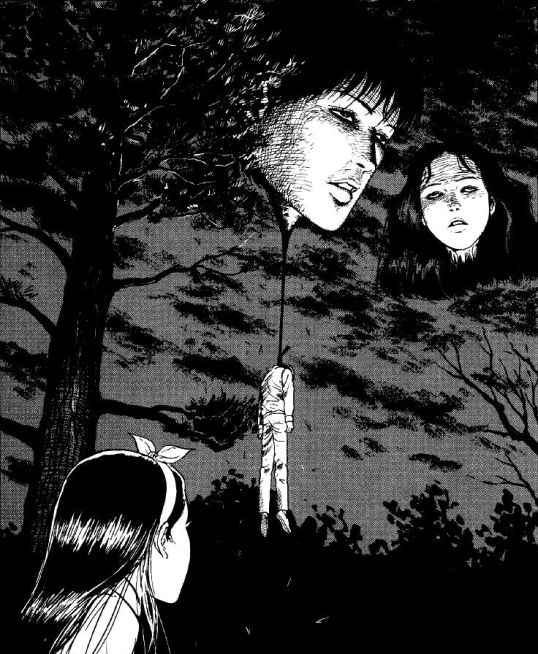It’s another year and another October here at Through the Shattered Lens. Those who have continued to follow our shenanigans and escapades here know that October is a favorite month for us here. Co-founder Lisa Marie Bowman is one who loves this month. As I pop my head in to see how things are going I would like to add my two-bits to make this latest month-long horror theme be as memorable as years past.
I begin the month-long horror celebration by highlighting a favorite horror genius who might not be as well-known by the casual horror fan. I am talking about mangaka Jujin Ito.

Jujin Ito is a giant in the Japanese manga industry. His work as a horror mangaka has been lauded throughout the years with some of his more famous works getting not just anime adaptations but live-action ones, as well.
He has stated in the past that his work has been influenced by authors and fellow mangaka such has Hideshi Hino, Yasutaka Tsutsui and H.P. Lovecraft. His work shares much similar themes as Lovecraft’s in that they both tell tales of a capricious and uncaring universe where the protagonists cannot comprehend and/or escape the cosmic, unknowable horror that plagues them.
Jujin Ito’s artwork often depicts a world where it’s inhabitants (sometimes including the protagonist) body horror sometimes becomes the norm which adds to the uneasiness and existential horror which permeates his stories.
Some of his more famous works include this Tomie series which has been adapted into a 3-episode tv drama and Uzumaki which has been adapted by director Akihiro Higuchi.
The former is a long-running series about a mysterious, beautiful woman named Tomie who impacts the lives of the men and women around her. Individuals who fall under sway will commit brutal acts of violence with some being driven to insanity. It would spoil too much to mention much more, but I do recommend for those who want to check out Japanese horror and why it’s very different from Western horror, the Tomie series is one to check out.
In fact, I would recommend that horror fans check out his entire body of work. They’ll definitely leave a mark on those who try.
